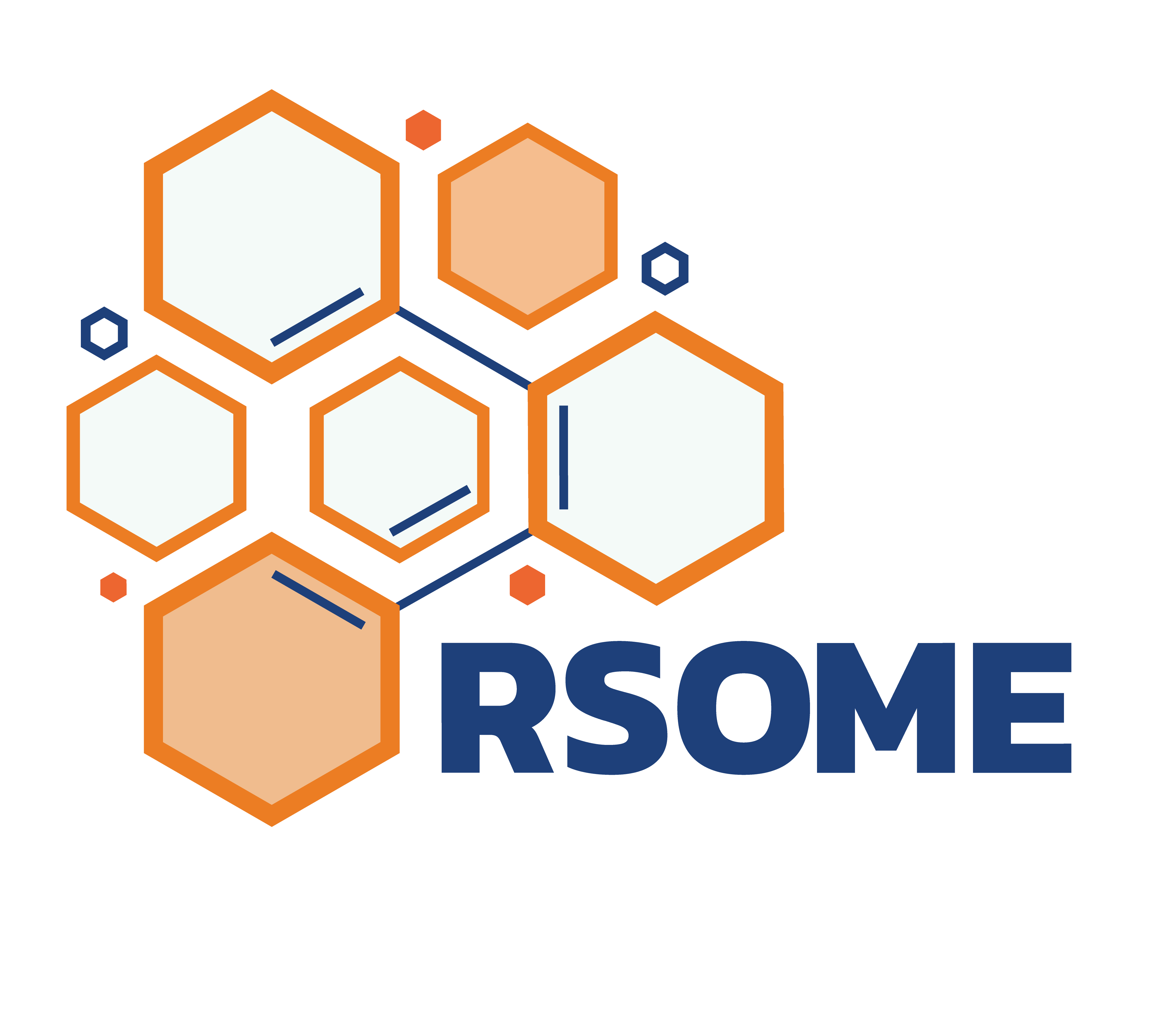
| Star | Watch | Fork |
| Home |
|---|
| User Guide |
| Examples |
| About |
Box with the Maximum Volume
Here, we attempt to optimize the shape of a box, in terms of its width \(w\), height \(h\), and depth \(d\), so that its volume is maximized, subject to a number of constraints. The model can be written as
\[\begin{align} \max~& whd \\ \text{s.t.}~&2(wh + dh) \leq A_{\text{wall}} \\ &wd \leq A_{\text{floor}} \\ &\alpha \leq h/w \leq \beta, \gamma \leq d/w \leq \delta, \end{align}\]where model parameters:
- Limits on wall area \(A_{\text{wall}} = 200\),
- Limits on floor area \(A_{\text{floor}} = 150\),
- Limits on height-width raito: \(\alpha=0.8\), and \(\beta=1.5\),
- Limits on depth-width raito: \(\gamma=0.8\), and \(\delta=1.5\).
The geometric program above is reformulated as decision variables are replaced by their logarithm transformations: \(x = \log(w)\), \(y = \log(h)\), and \(z = \log(d)\), then we have
\[\begin{align} \max~& x + y + z \\ \text{s.t.}~&2(\exp(x + y) + \exp(z + y)) \leq A_{\text{wall}} \\ &\exp(x + z) \leq A_{\text{floor}} \\ &\exp(x - y) \leq \alpha, \exp(y - x) \leq \beta \\ &\exp(x - z) \leq \gamma, \exp(z - x) \leq \delta. \\ \end{align}\]Such an exponential cone program can be implemented by the code below.
from rsome import ro
from rsome import eco_solver as eco
import rsome as rso
import numpy as np
A_wall = 200
A_floor = 150
alpha, beta = 0.8, 1.5
gamma, delta = 0.8, 1.5
model = ro.Model()
x = model.dvar()
y = model.dvar()
z = model.dvar()
a = model.dvar()
b = model.dvar()
model.max(x + y + z)
model.st(rso.exp(x + y) <= a)
model.st(rso.exp(z + y) <= b)
model.st(2 * (a+b) <= A_wall)
model.st(rso.exp(x + z) <= A_floor)
model.st(rso.exp(x - y) <= alpha, rso.exp(y - x) <= beta)
model.st(rso.exp(x - z) <= gamma, rso.exp(z - x) <= delta)
model.solve(eco)
Being solved by ECOS...
Solution status: Optimal solution found
Running time: 0.0011s
Please note that RSOME does not support the summation of two or more exponential functions, such as the exponential function rso.exp(). This is why we introduced intermediate variables a and b to represent the epigraph of rso.exp(x + y) and rso.exp(z + y), so that their summation can be formulated in constraints.
The optimal solution is presented in the following code segment.
x.get().round(5), y.get().round(5), z.get().round(5)
(1.73287, 1.95601, 2.13833)
Hence the optimal width, height, and depth are 5.6569, 7.0711, and 8.4853, respectively.
In this example, the exponential cone programming problem is solved by the ECOS solver. If no exponential cone solver is available, the model can be approximated by a second-order cone program, using the approach mentioned in Zhu et al. (2021). The following code solves the approximated model using the second-order cone solver Gurobi.
from rsome import grb_solver as grb
model.soc_solve(grb)
Being solved by Gurobi...
Solution status: 2
Running time: 0.0039s
The approximated solution is very close to the exact solution.
x.get().round(5), y.get().round(5), z.get().round(5)
(1.73292, 1.95606, 2.13838)
Reference
Zhu, Taozeng, Jingui Xie, Melvyn Sim. 2021. Joint Estimation and Robustness Optimization. Management Science 68(3) 1659-1677.